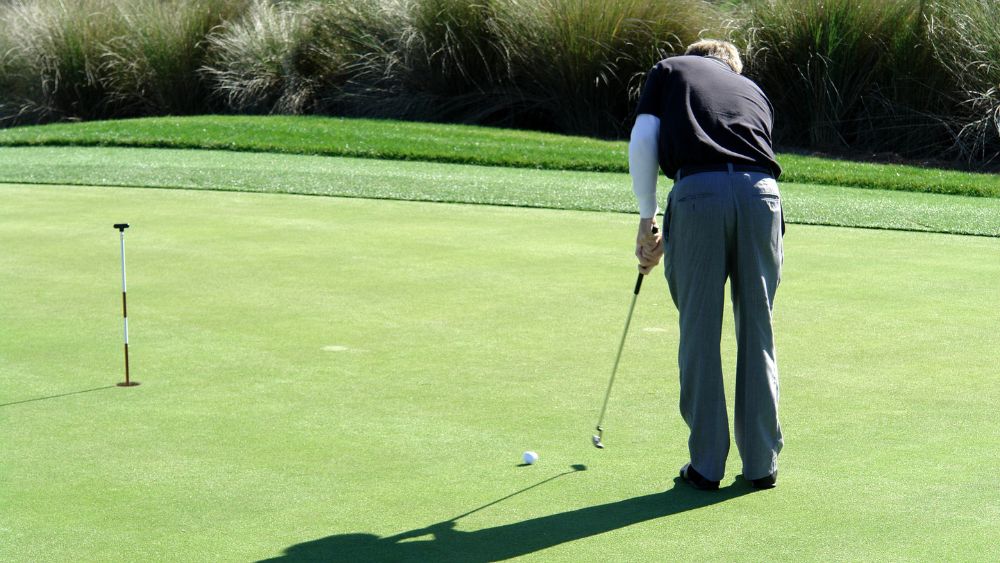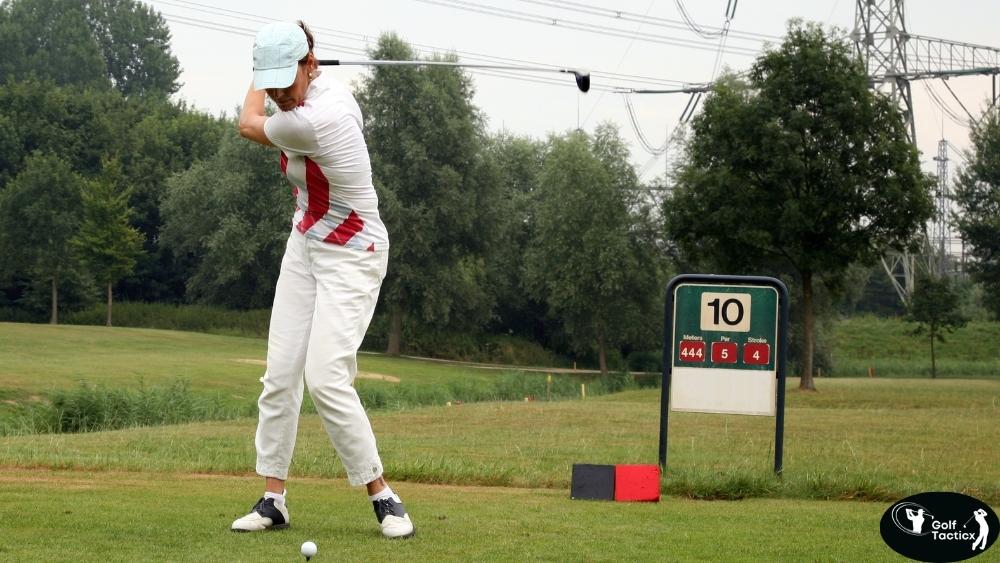In our previous post where we discussed Enhancing Golf Posture with Mobility Exercises, building a strong foundation is key to improving your overall swing performance.
If you’re just starting out in golf, knowing how to practice golf for beginners is key to improving your skills. It can be overwhelming at first, but with the right tips and guidance, you can make steady progress. In this post, we’ll break down simple steps on how to practice golf for beginners that will help you build confidence and have more fun on the course. Let’s dive into easy drills and techniques to get you started.
Understanding the Importance of a Structured Practice Routine
Imagine trying to build a house without a blueprint. It would be chaotic, right? The same applies to golf. Without a structured practice routine, it’s easy to lose focus and miss key areas that need improvement. A well-planned routine ensures that every aspect of your game receives attention, leading to balanced development and consistent performance.
Components of an Effective Golf Practice Routine
An effective practice routine is like a balanced diet it includes a variety of elements to ensure overall development. Here’s a breakdown:
Warm-Up
Stretching: Focus on flexibility exercises to help with your swing range of motion. Stretching your shoulders, back, and legs can make a big difference.
Light Swinging: Begin with easy swings to loosen up your muscles and get into the rhythm.
Short Game Practice
Chipping: Practice different lies and distances around the green.
Putting: Work on both short and long putts, emphasizing accuracy and consistency.
Long Game Practice
Irons: Hit a variety of iron shots, focusing on ball striking and trajectory.
Woods and Driver: Practice with your woods and driver, concentrating on distance and control.
Course Simulation
Play Simulated Holes: Create scenarios that mimic actual course conditions to practice decision-making and shot selection.
Cool Down
Stretching: End with gentle stretches to relax your muscles and aid recovery.
Tips for Effective Practice
Set Clear Goals: Before each session, decide what you want to achieve. Whether it’s improving your putting or mastering a new shot, having a goal keeps you focused.
Use Alignment Aids: Tools like alignment sticks can help ensure proper setup and alignment during practice.
Keep It Varied: Mix up your practice routine to keep it engaging and cover all aspects of the game.
Track Your Progress: Keep a journal of your practice sessions to monitor improvements and areas needing attention.
Sample Practice Schedule
Here’s a sample weekly practice schedule to guide you:
| Day | Focus Area | Duration |
| Monday | Short Game (Chipping) | 1 hour |
| Tuesday | Long Game (Irons) | 1 hour |
| Wednesday | Putting | 1 hour |
| Thursday | Short Game (Bunker Shots) | 1 hour |
| Friday | Long Game (Woods) | 1 hour |
| Saturday | Course Simulation | 1 hour |
| Sunday | Rest or Light Practice | – |
Conclusion
In conclusion, learning how to practice golf for beginners is all about consistency and focus. Start with the basics, like proper grip and stance, and gradually work on your swings and putting. Remember, practice makes perfect, so don’t rush. With time, you’ll notice improvement.
By following these simple steps on how to practice golf for beginners, you’ll be well on your way to enjoying the game and becoming more confident on the course. Keep practicing, and most importantly.
In the next post, we will discuss enhancing driving range practice: key techniques, drills, and tips to improve your consistency and accuracy off the tee for better performance.
















Leave a Reply